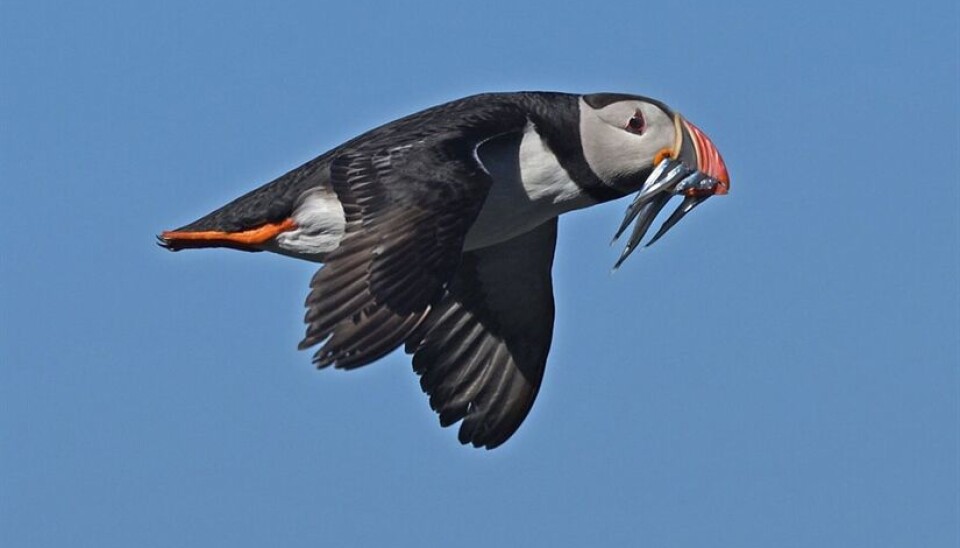THIS ARTICLE/PRESS RELEASE IS PAID FOR AND PRESENTED BY NINA - Norwegian Institute for Nature Research - read more

Changes in ocean temperatures contribute to puffin population decline
By using a more than 100-year-old record of a puffin Fratercula arctica chick harvest on Iceland, researchers have found a relationship between ocean temperatures and production of puffin chicks.
Old harvest data prove useful
The current warming of the oceans has been shown to have detrimental effects for a number of species. An understanding of the underlying mechanisms may be hampered by the non-linearity of the relationships between temperature and demography, and by the insufficient lengths of available time series. Most demographic time series are too short to enable studies of the effects of climate on wildlife in the classical sense of meteorological patterns over at least 30 years.
The study highlighted here presents a chick harvest time series of Atlantic puffins that goes back as far as 1880. The data are from the world's largest puffin colony, in southwest Iceland, which has recently experienced a strong decline.
Correlation with ocean temperature via prey
By estimating an annual chick production index over 128 years from the harvest data, the researchers found prolonged periods of strong correlations between local sea surface temperature (SST) and chick production. The study identified an optimal sea temperature of around 7°C for puffin reproduction that may represent the optimal conditions for the survival and reproduction of the puffin’s main prey, the lesser sandeel Ammodytes marinus. A positive or negative deviation from this optimal temperature by 1o°C reduces puffin reproduction success by 55 per cent. This explains the non-linearity in the relation between SST and puffin reproduction.
Explains earlier and ongoing population changes
Through their analyses, the researchers were able to document an Arctic warming period that started around 1920 and lasted for 20 years. During this period, there was a large drop in puffin chick production, and few studies have detected similar effects of climate change that far back in time. The study emphasises the importance of long time series and indicates that the ongoing decline of the Atlantic puffin population is, at least in part, caused by increasing ocean temperatures around Iceland.
See more content from NINA:
-
How will climate change affect lakes worldwide?
-
White-tailed sea eagles are breeding in Ireland again after more than a century
-
Could a tunnel help wild reindeer in Norway?
-
Norwegian white-tailed sea eagles are helping to rebuild a lost population in Ireland
-
1 in 4 freshwater species are at risk of extinction: "It's not too late to take action"
-
Insects prefer cold winters with lots of snow





































